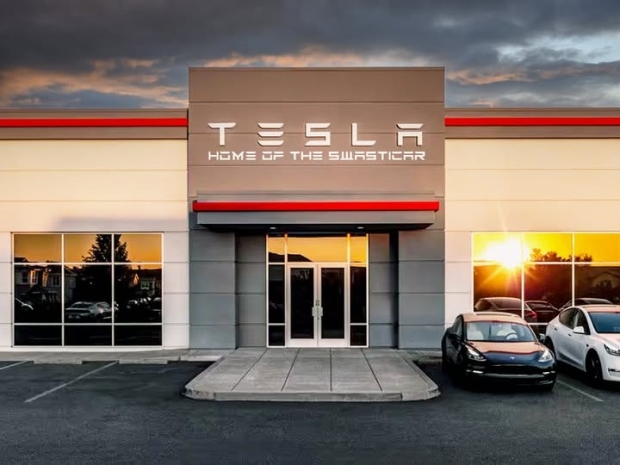Musk admitted that achieving Full Self-Driving (FSD) capability on the current hardware may not be possible. While Musk acknowledged the undertaking's difficulty, he confirmed that Tesla would move forward with the necessary replacements.
For much of the past year, concerns have been raised over Tesla’s promise that HW3-equipped vehicles would be capable of FSD. The company had insisted that all Tesla vehicles produced since 2016 were equipped for full autonomy, yet software limitations and hardware constraints have cast doubt on that claim.
In October, Musk cautiously acknowledged that HW3 might not meet the required safety standards for unsupervised FSD, stating: “We are not 100% sure. HW4 has several times the capability of HW3. Getting things to work on HW4 is easier, and it takes a lot of effort to squeeze that into HW3. There is some chance that HW3 does not achieve the safety level that allows for unsupervised FSD.”
Three months later, Tesla’s management was again questioned about the HW3 issue.
While Tesla’s FSD boss, Ashok Elluswamy, initially maintained that the company was “not giving up on it,” Musk was more definite: “The truth is that we will need to replace all HW3 computers in vehicles where FSD was purchased.”
Musk confirmed that Tesla would cover the cost of these replacements, but only for customers who had purchased the FSD package, which has been sold for as much as $15,000.
This limitation raises potential complications, given that Tesla has long claimed that all vehicles manufactured since 2016 were FSD-capable—not just those with the software package.
Concerns regarding additional hardware constraints have also surfaced. As one Tesla owner commented: “The older cars have lower res cameras, too, so even with a computer swap, it would still be a different rev of software due to the limited resolution of the cameras on those cars. The image recognition will be different. Part of going to a higher res cam was to fix the issue of the lower res cams making it difficult for the computer to read and identify LED signage, among other things.”
This raises the question of whether Tesla must also replace cameras in affected vehicles. Furthermore, doubts remain over the reliability of Tesla’s HW4 boards, with reports of single-point failures that could render the vehicle inoperable while in motion.
Tesla has a history of revising its self-driving hardware. The company previously upgraded computers in vehicles built between 2016 and 2018 that were initially equipped with HW2.5. However, those retrofits were only offered to customers who had purchased the FSD package, leading to legal challenges. In one case, a Tesla owner successfully sued the company after being required to pay for a computer upgrade to use a monthly FSD subscription, despite Tesla’s prior claims that all vehicles from 2016 onward were FSD-capable.
With millions of HW3-equipped Teslas on the road, the company could once again face legal battles over the cost and eligibility of hardware upgrades. Compounding the issue, Tesla must design a new retrofit solution for HW3 vehicles, as its latest HW4 computer is not backwards compatible.




